HBO’s Lovecraft Country is ambitious and astounding and will undoubtedly blow your expectations away. Created by Misha Green, who’s working with Matt Ruff’s 1950s-set dark-fantasy novel as source material, the show counts horror visionary Jordan Peele and sci-fi maestro J.J. Abrams as executive producers. The show is full of literary references and monsters, both in-your-face and and figurative; we’ll discuss the resulting symbolism on a weekly basis.
The debut Lovecraft Country episode, “Sundown” — referring to localities where Black Americans weren’t welcome after dark, and “sundown towns” aren’t entirely a thing of the past — isn’t bashful at all about piling onto the bookishness of its leading trio, led by Jonathan Majors as Atticus “Tic” Freeman. Even though he flips the bird while bidding “good riddance to old Jim Crow,” Tic’s anything but free of the 1950s-set racist horrors that persist in the U.S. He’s aided on a journey to find his missing father by his Uncle George (Courtney B. Vance) and childhood friend, Leticia “Leti” Lewis (Jurnee Smollett, who is a damn revelation in this show). This week, the show gives us a cursory tour of literary (and cinematic) references, and here are a few (although not all) of them.
Here’s the 1950s, in case you thought life in 2020 was exhausting.
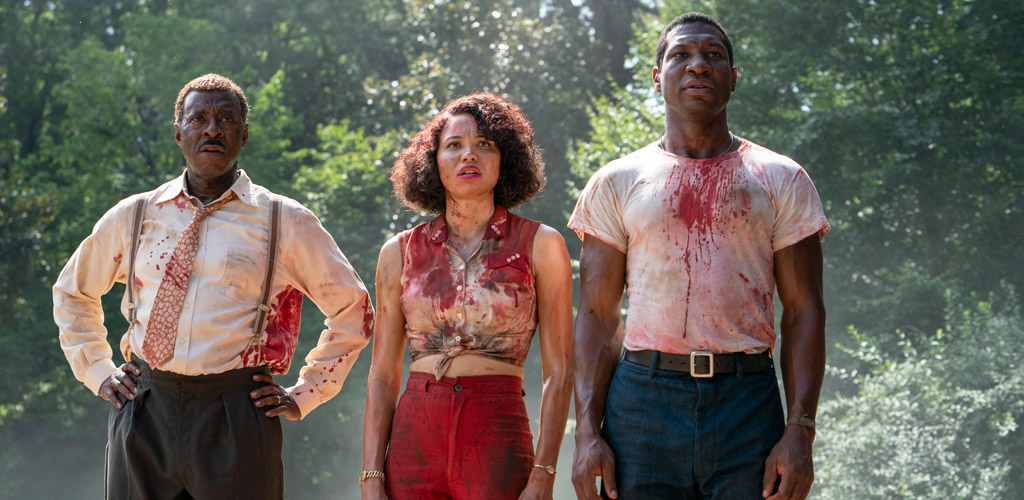
Let’s get down to those references.
The Jackie Robinson Story And More

Lovecraft Country opens with the sleeping mind of Tic, whose mind is absolutely soaked with pulp fiction, so there’s the technicolor dream to match. The references to the 1950 movie do have a tie-in book to match, but I’m slightly cheating here by calling this a literary reference. Still, it’s a hell of an opener with words taken from The Jackie Robinson Story‘s narrator: “This is the story of a boy and his dream, but more than that. This is the story of an American boy, and a dream that is truly American.”
Tic’s diving in and out of battle trenches (heartbreakingly, he’s served a country that hates him) before gazing upon UFOs and dodging otherworldly creatures, all with a smattering of actual literary references to H.G. Wells’ War of the Worlds, along with At the Mountains of Madness by H.P. Lovecraft, and A Princess of Mars by Edgar Rice Burroughs (we’ll discuss the latter two authors below). He’s rescued by Robinson, the first African-American Major League baseball player who’s credited with busting the color barrier within the sport. He’s also busting some neon-green guts and looking mighty “post-apocalyptic” (which should delight Jordan Peele to no end). Since these visions spring from Tic’s head, we’re getting a glimpse of how he’d like the world to be and how he would like to be the hero that swings at the monster. Before the episode’s end, Tic got a shot at doing just that.
A Princess Of Mars by Edgar Rice Burroughs
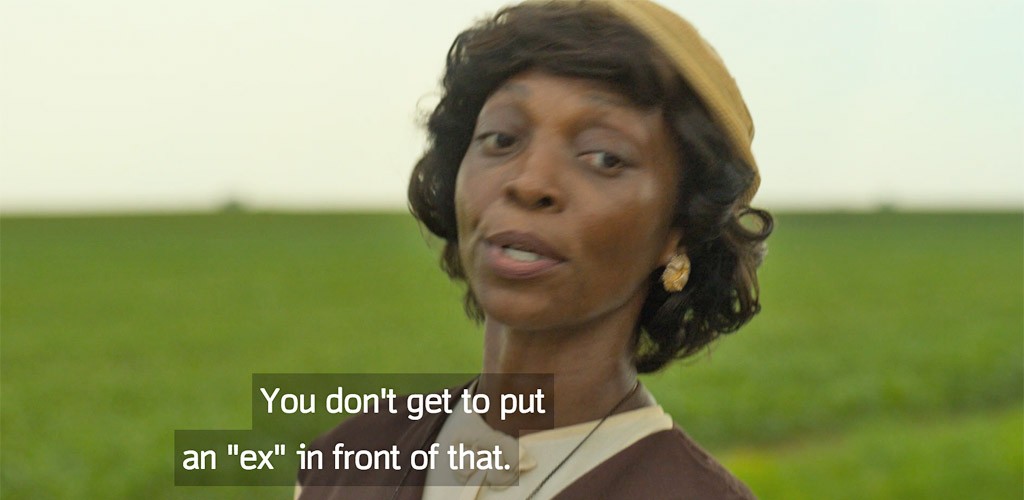
This lovely lady sure didn’t shy away from telling Tic that the protagonist (John Carter) of Burroughs’ 1912 book isn’t a hero worth celebrating, given that he fought for slavery as a Confederate officer. Still, Tic insisted that he’s willing to overlook the flaws of stories (they’re “like people”) because “I love that the heroes get to go on adventures in other worlds, defy insurmountable odds, defeat the monster, save the day.” It’s escapism, he reasoned: “Little negro boy from the South Side of Chicago don’t notoriously get to do that.”
Tic should have listened to his travel companion. Burroughs’ novel is virulently racist and filled with tropes to that effect, including the characterization of Natives being savage, and even when Natives are allowed to escape that stereotype, they’re still nowhere near as honorable as the “civilized” white presence represented by John Carter. Burroughs’ seminal pulp story went on to influence many scientists as well as fiction writers, who were embraced by readers seeking escapism. And although Tic would love to overlook flaws that exist in the stories that he adores, he (along with Leti and George) can find no escape from the reality of Jim Crow America.
The works of H.P. Lovecraft, obviously
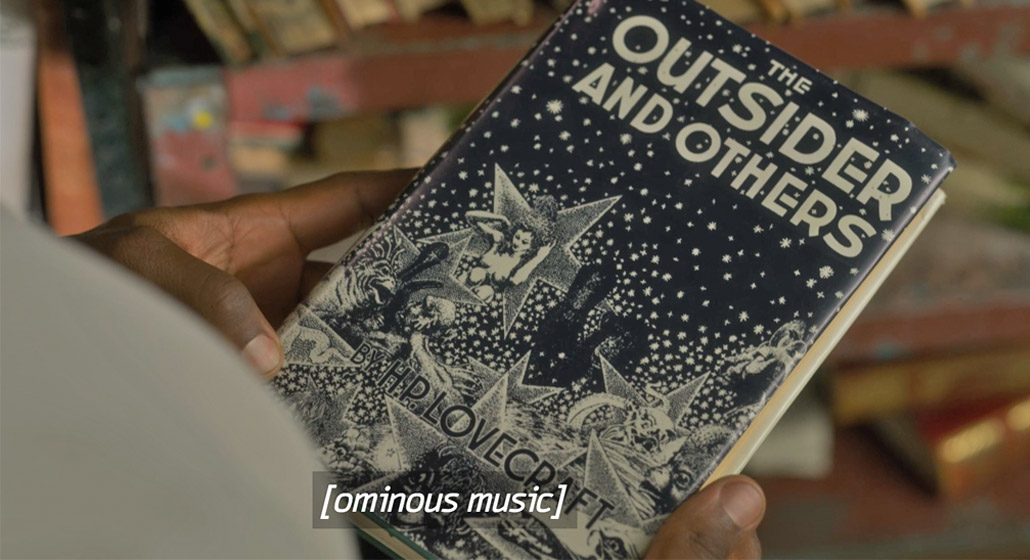
Howard Phillips Lovecraft’s legacy is, like that of Burroughs, appallingly racist, and this scene between Tic and George serves as a window for the horrors that follow. Tic’s love for “pulp trash” was clearly opposed by his father, Montrose, who’s gone missing and left a bizarre letter about a family legacy in what at first looks like “Arkham” (like the sci-fi/pulp publishing house) but turns out to be Ardham, Massachusetts. It’s a place that hasn’t popped up on the census in centuries and sits in the middle of nowhere and far from any designated points in The Safe Negro Travel Guide, which is based upon the all-too-real Negro Motorist Green Book.
Within this discussion, Tic and George debated whether Lovecraft’s “home of corpse reanimator Herbert West” could refer to Ardham as a real place. Despite the letter not even slightly resembling the way that Montrose actually speaks, they traveled to a place where sundown brings even more horror than daylight. It’s worth noting that, although the Re-Animator story dealt one of the first literary mentions of a zombie-like uprising of monsters, what the group encountered is more vampire-like in nature.
Ray Bradbury and a surreal car chase
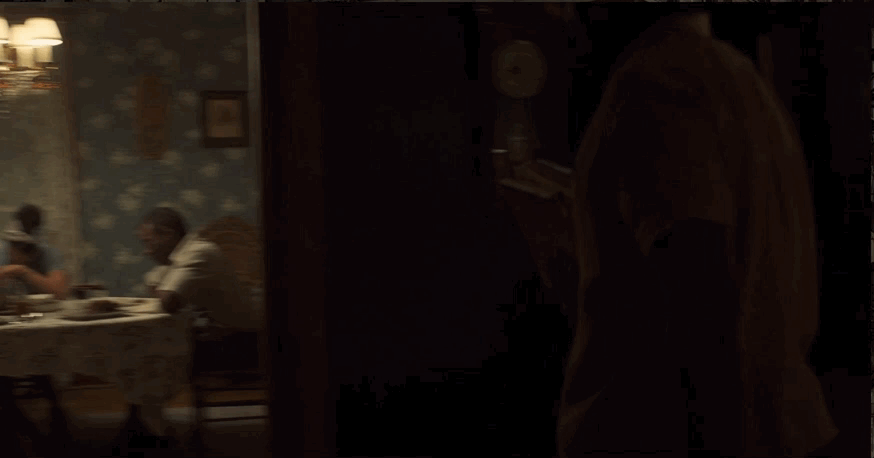
Another writer beloved by Atticus (he’s fond of Bradbury’s 1950s short-story collection, The Martian Chronicles) gets namechecked by George during dinner at the house of Leti’s brother. The group had barely escaped a car chase unscathed following the intervention of a silver car that appeared to toss up an invisible barrier against a group of good ol’ white boys (who were incensed at the trio asking to be served at the Simonsville diner, where Uncle George reminded Atticus why the White House is white).
From there, we got a glimpse of a mysterious blonde woman that emerges from the silver car that we see several times and hear stories about (presumably, it’s the car that picked up Montrose went he went missing). The connections here aren’t explicit (and I might be reading into things too much), but the crash could refer to Bradbury’s 1947 story, “The Crowd,” which connects back in a ghostly way to a car accident that Bradbury witnessed as a child. The silver color of the car in the Lovecraft County crash scene might also be a nod to the silver vehicles of 1953’s Fahrenheit 451. All of that went down, of course, following this reminder from George.
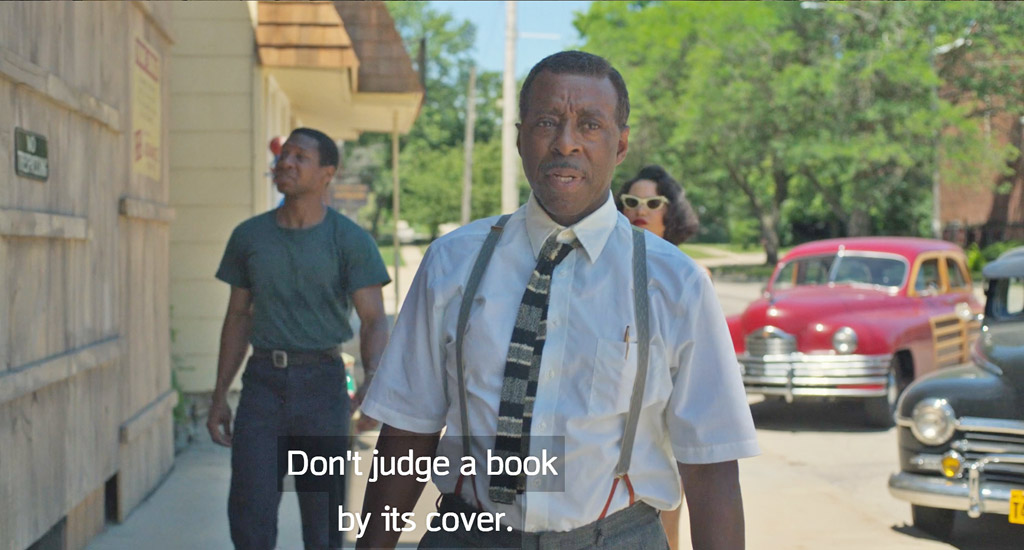
A few loose ends:
The monsters of Devon County
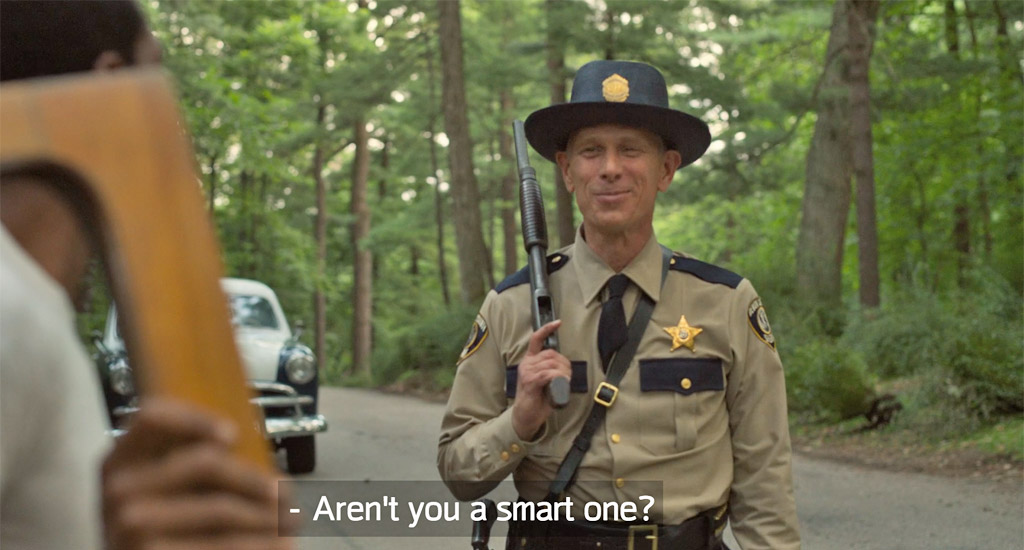
The deceptively winding terrain of Devon County is where sh*t got real, starting with Sheriff Hunt, who degradingly informed the group that they’re standing in a “sundown county.” And we’ve got another chase scene, this time a truly terrifying one that ended in a roadblock, where literal monsters surface (George got to drop a Bram Stoker reference after figuring out that they’re vampire-esque and fear light) and end up transforming a lawman into one of them. How fitting, not to mention one of the show’s many reminders that Black history and horror are often interchangeable terms.
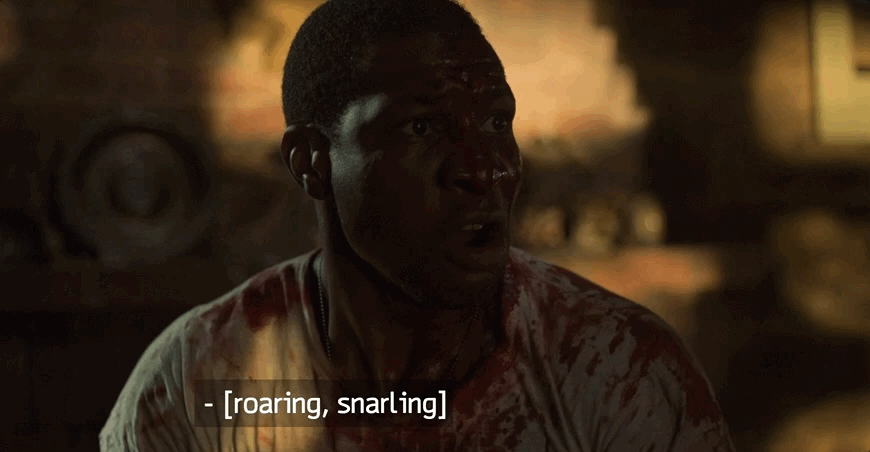
All hail Leti
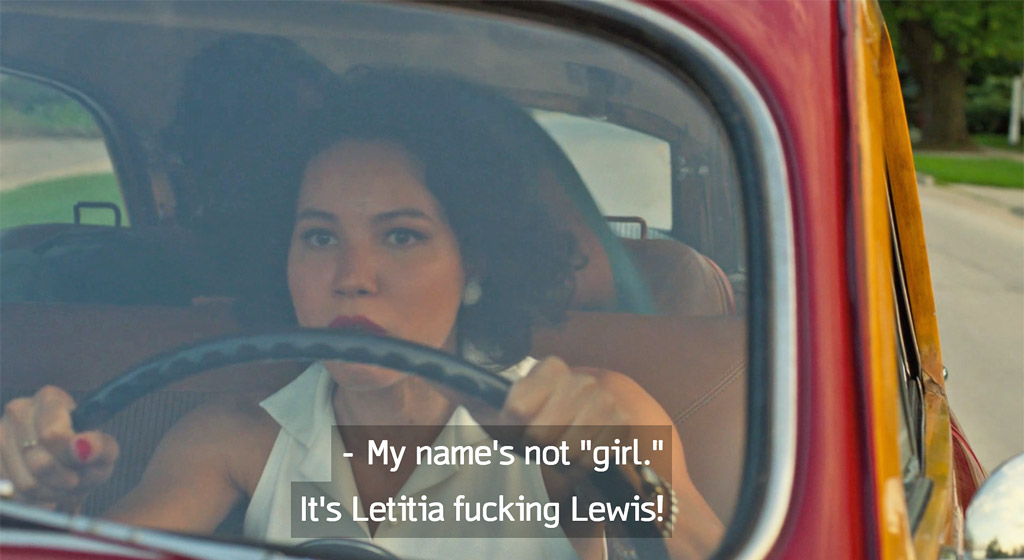
I simply needed to point out that Leti saved the day (twice) while driving a car after her male companions didn’t want a woman to drive.
And introducing William
Would you have walked into that house at the end of the episode? Tic, Leti, and George definitely noted the silver car as they approached, and here’s their host. He looks… fun.
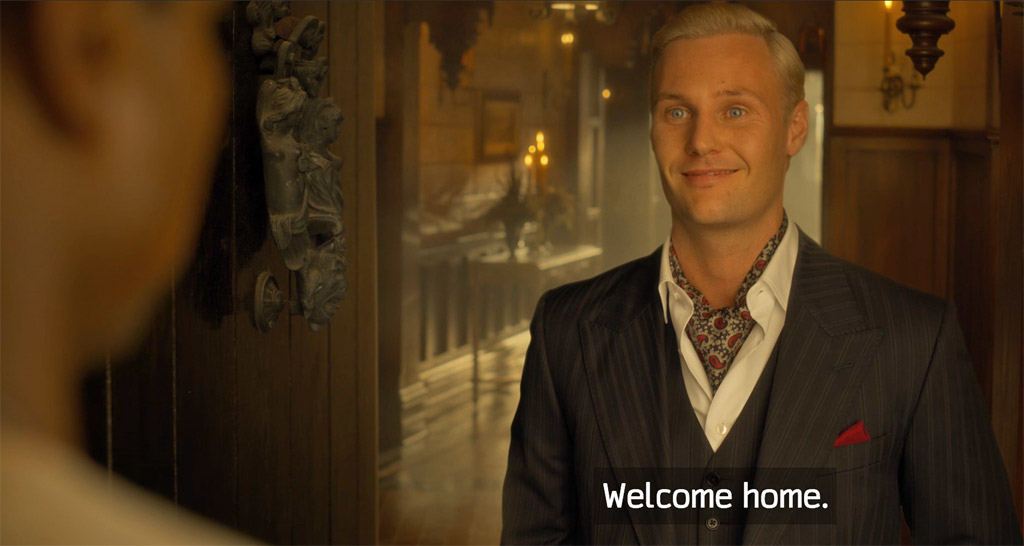
HBO’s ‘Lovecraft Country’ airs Sundays at 9:00pm EST.







